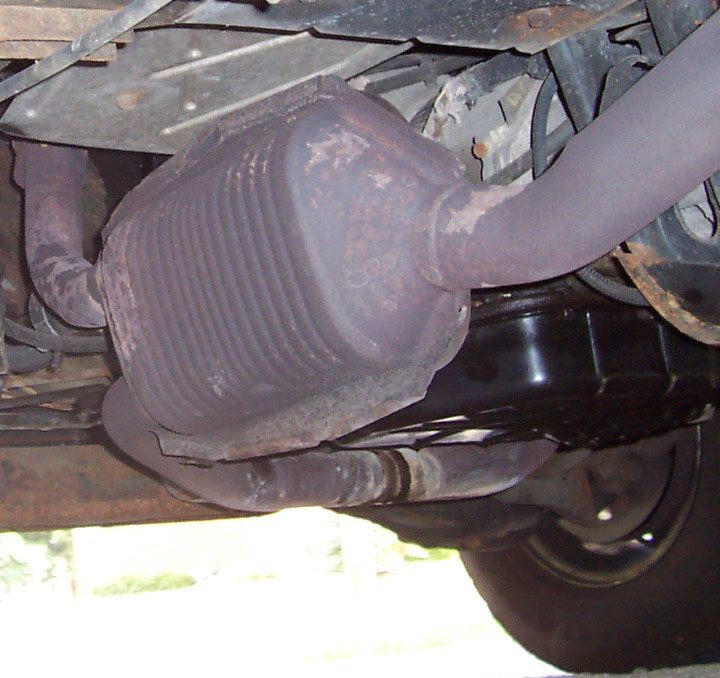Why Thousands of Catalytic Converters Are Stolen from Cars Each Year
They contain valuable metals, among other things.

(Photo: Public domain)
Catalytic converters have been standard in most cars since 1975, when the Environmental Protection Agency mandated stricter emissions regulations for automobiles.
They’re a part of your car that, like an alternator or water pump, you don’t think too much about. Most drivers are only vaguely aware of what exactly it does.

That is, of course, until the catalytic converter breaks. Or, as has been the case lately, gets stolen.
Thieves across the country stole nearly 4,000 catalytic converters last year, according to statistics compiled by the National Insurance Crime Bureau and released last week.
In addition, some 25,394 catalytic converters were stolen between 2008 and 2015, a large number of which were in California.
Thieves are attracted to the platinum, palladium, and rhodium found in catalytic converters in low amounts. According to the NICB, one can fetch up to $240 per converter at scrap metal yards, providing a valuable incentive.
“An aggressive thief can easily collect 10-15 or more converters in a single day,” the NICB said in a press release. “They often target sport utility vehicles (SUVs) because their ground clearance is sufficient for the thief to gain access to the converter without having to deploy a jack. And that saves time.”
So, what to do? The NICB says that etching your car’s vehicle identification number (VIN) can be a deterrent, while also considering things like beefing up the way the converter is attached to the car.
Thieves are interested in stealing, but usually only if you make it easy for them.









Follow us on Twitter to get the latest on the world's hidden wonders.
Like us on Facebook to get the latest on the world's hidden wonders.
Follow us on Twitter Like us on Facebook